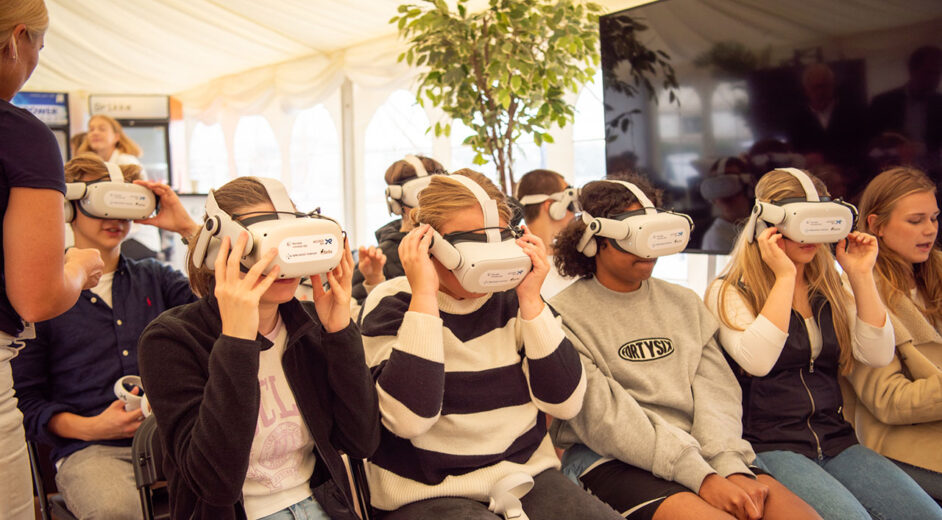Walk with a whale and see the pollution below the surface of the sea
Marine researchers, school students, teachers and museums have worked together in this Nordplus Horizontal project, to create a whole new learning and communication tool, based on data from the research ship Barba. Interactive communication tools with VR glasses create completely new experiences for both school classes and museum visitors.
By Joan Rask, journalist
Whales are for experts, and the sea around the arctic is too dangerous for school trips and ordinary visitors to museums, but how do you convey all the amazing things that happen under the surface of the sea? And how do researchers best reach the populations of the Nordic countries? This is the question Marianne Rasmussen asked herself. She is a research professor at the University of Iceland and head of University of Iceland’ Research Centre in Húsavík, located on Iceland’s north coast. She is from Denmark, but has worked permanently in Iceland since 2007.
"I think it is important to get the research out to a wider audience. It is important that both children and adults have the opportunity to understand what climate change is all about and also that they can experience the completely unique and utterly fantastic marine environment that we have around the Arctic," she says.
Marianne Rasmussen knows what she is talking about. The centre was established when she was appointed in 2007. Since then, activities have grown, and today the centre houses both postdocs, PhD students and approximately 10 exchange students. The centre has a well-developed collaborative project with the local whale museum and also the research ship Barba, which often makes the ship and its equipment available for the researchers' work - but collaborating with schoolchildren and their teachers is not something that is usually on Marianne Rasmussen's agenda!
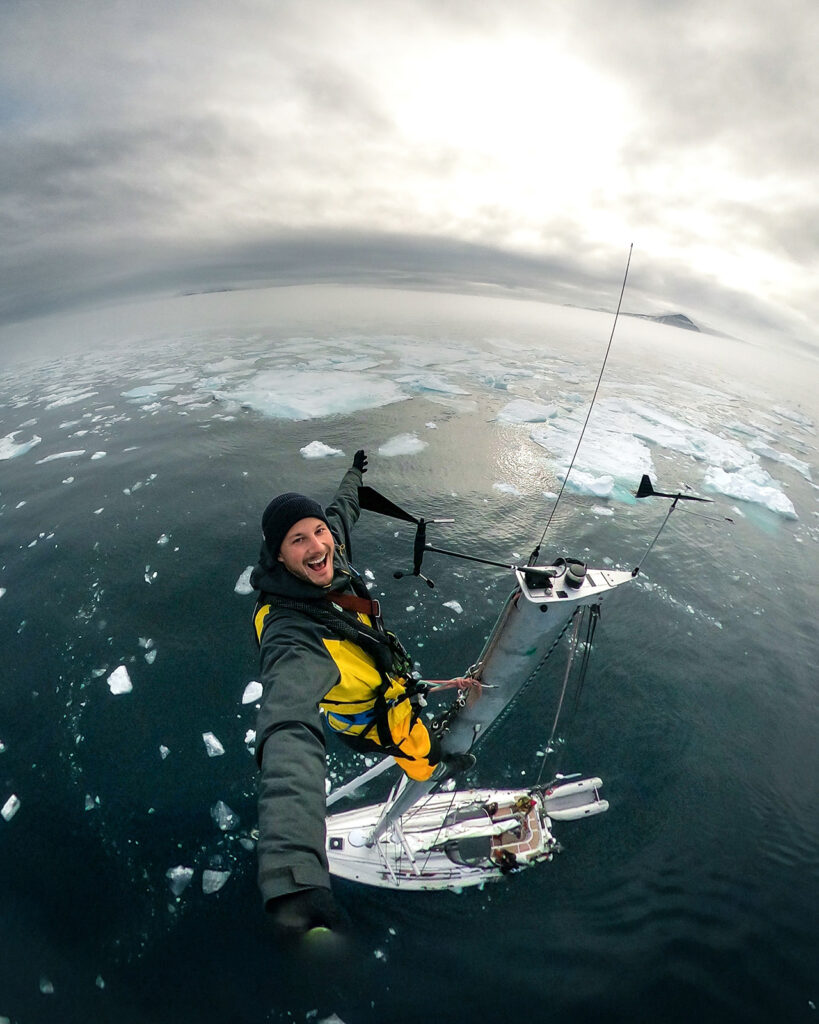
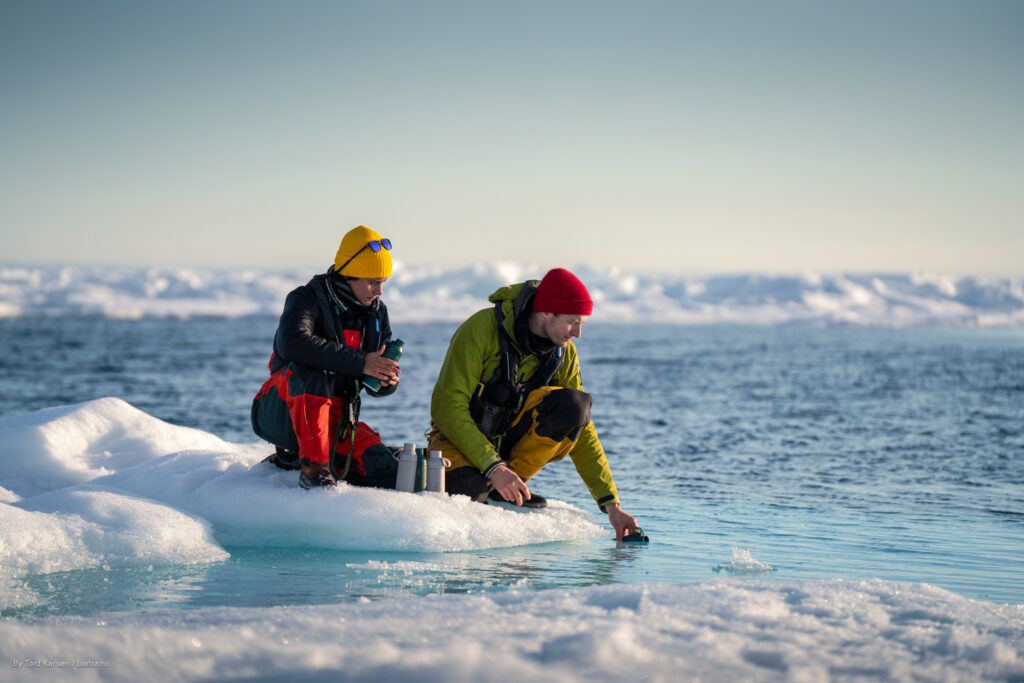
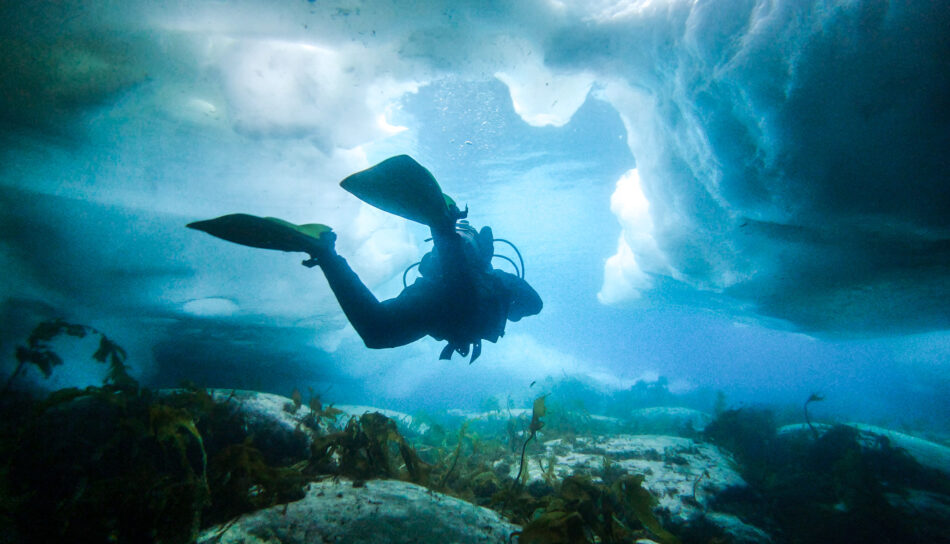
"I developed the idea for this project by using my network, and the association Whale Wise in particular was very active and a big contributor. We got together with schools, universities and museums in Denmark, Norway and Iceland and applied for funding from Nordplus, which fortunately chose to support us. Funding is the vital prerequisite for such a project to be carried out," says Marianne Rasmussen.
The purpose of the project was to develop teaching packages for school children and communication packages for museum visitors with the use of VR (Virtual Reality) glasses, and it was the Nordplus program HORIZONTAL that supported the project. HORIZONTAL supports innovative projects across traditional categories, education levels and sectors that address new, broader and more complex issues and challenges.
The content of the project had to be created on the research ship Barba, which had already had agreements with universities and foundations, etc. with regard to a four-month expedition in the Arctic Ocean with a focus on the distribution of whales and plastic pollution. What they had never tried before was to let children, teachers and museum staff follow along with the work while it was in progress. This was a time that generated lots of discussion about the choice of approaches and about what benefits children and museum visitors should have - and of course what material was needed in the whole communication package.
"We wanted to see if we could capture the interest of children aged 10-12, so we came up with the idea of using VR glasses. When they use the VR glasses, it almost feels as if they themselves are swimming with the whales. They experience something that you would never otherwise have the opportunity to do up close," explains Marianne Rasmussen.
28 children with VR glasses – all at the same time!
One of the participating schools was Atlanten Lower Secondary School in Kristiansund, located on the west coast of Norway, just south of Trondheim. Bjørn Sørli is the principal, and he had no doubts when he was asked if the school wanted to be part of the project.
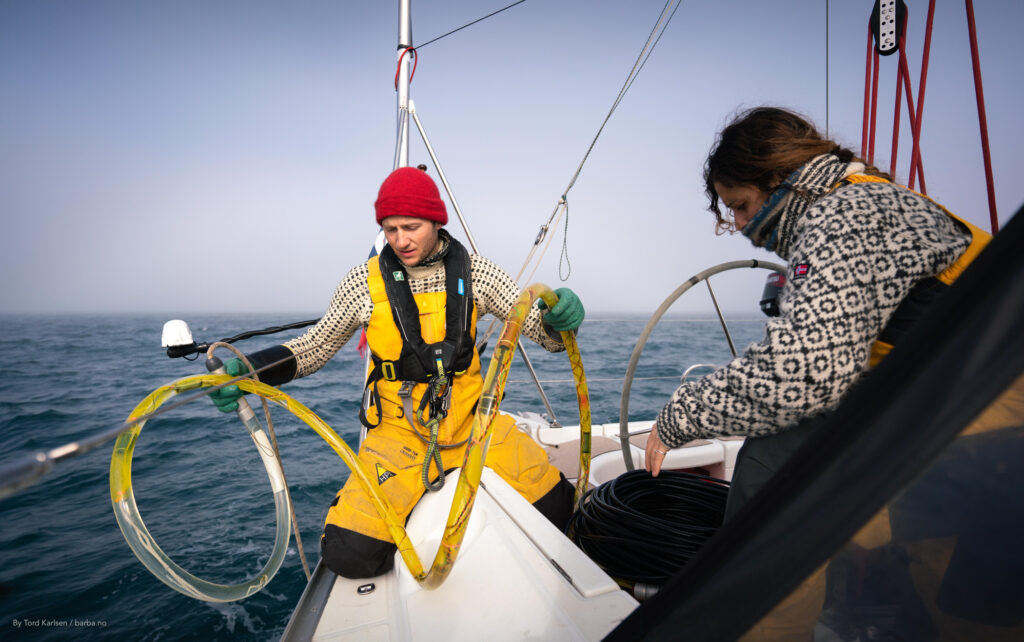
“It sounded very exciting! Because we had the opportunity to work together with other nations with sustainability as a common theme. And, in addition, in a way we were involved in planning some of the expedition! Here at the school we had already purchased two sets of VR glasses for class and had been about to give up on getting started, so we saw an opportunity to resurrect it," says Bjørn Sørli.
The school had two teachers on the project. One of them was Fredrik Elias Rekkedal, so it was him who suddenly found himself standing in the classroom with 28 expectant children.
"It was almost a challenge in itself when we were sent all the VR glasses and tablets for the project. It went well! We tested it in four classes – in the beginning it was over a whole day and later we changed it to half a day. It was a bit too much with whole days," he says and smiles - and admits that there were some initial difficulties.
"In the beginning, we gave the children access to the tablets that control the programs, so they could move around everywhere in this universe. But it didn't work, because they fiddled with the settings and it became too complex. When we gave them just the VR glasses, and we teachers managed the overall assignments and trips, there was much better progress," he explains.
Bjørn Sørlig made sure that he and the two teachers had the opportunity to participate in all the preparations before the expedition ship set out on its journey. Later, time had to be found for the teachers to thoroughly test the teaching material and write feedback on the various presentations of the teaching material.
"It was very important for us to work together with universities in Iceland and Denmark. Development projects of this type are important sources of inspiration for us, and we are happy to be able to tell students, parents and politicians that we are part of an international collaboration," says the principal.
Bjørn Sørli and Fredrik Elias Rekkedal tried the VR glasses and all the teaching materials themselves.
"There were really great pictures and cool videos. It was absolutely incredible. The sound and the sea – one moment you were at the top of a mast and the next you were looking down! Then you were in the sea, there was a whale alongside you, and the next moment you are inside a shoal of fish. For someone like me who is interested in all this, it was a pretty cool experience. Many students said the same, especially those who are interested in the subject," says Fredrik Elias Rekkedal.
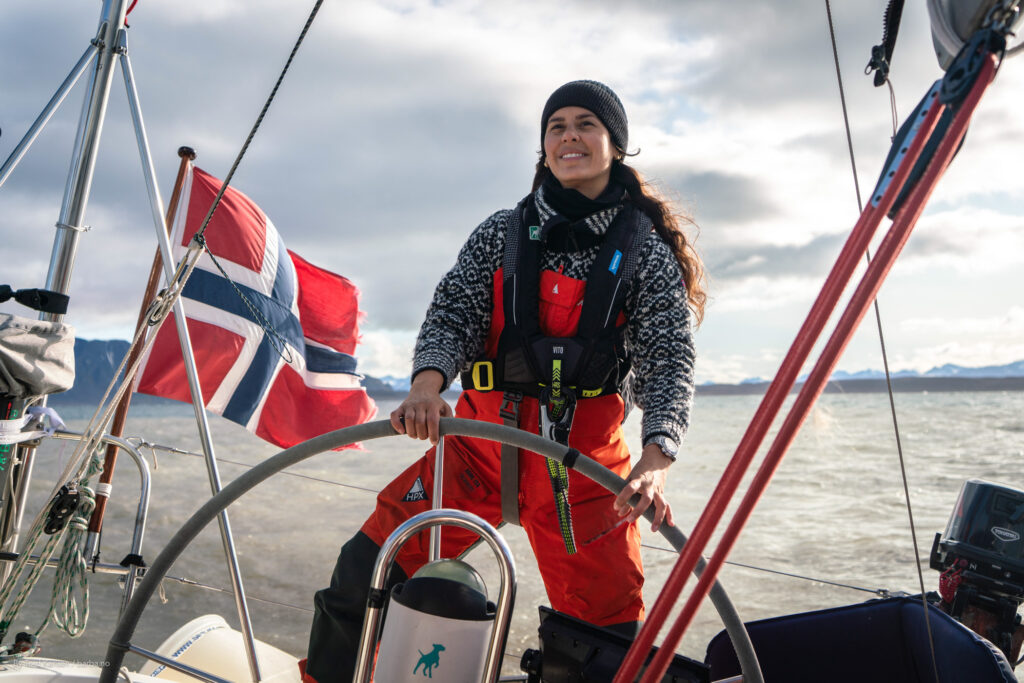
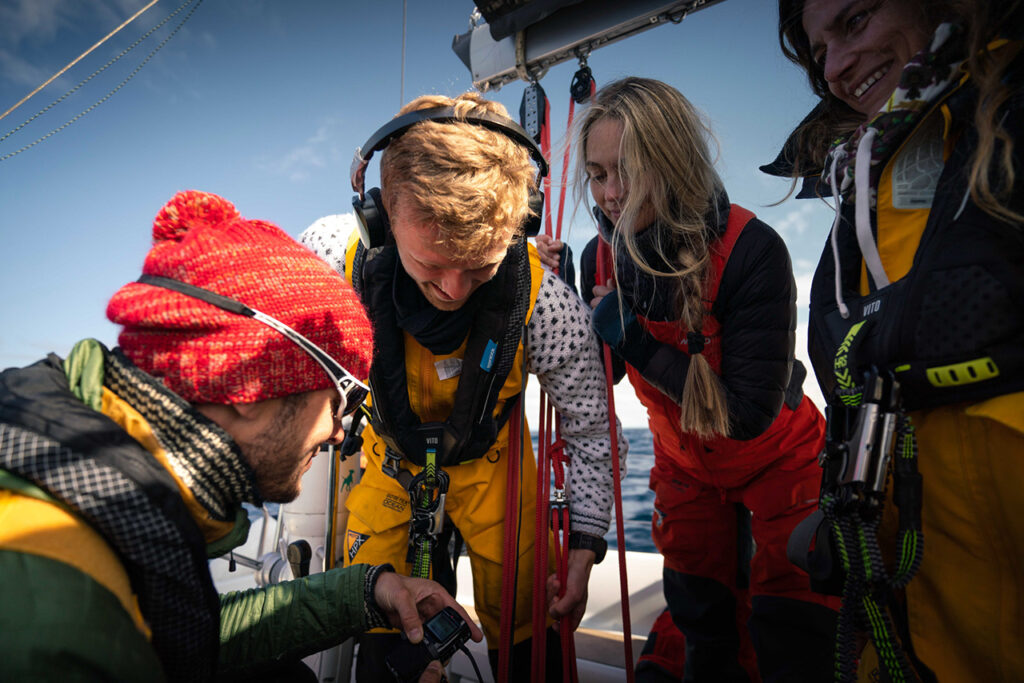
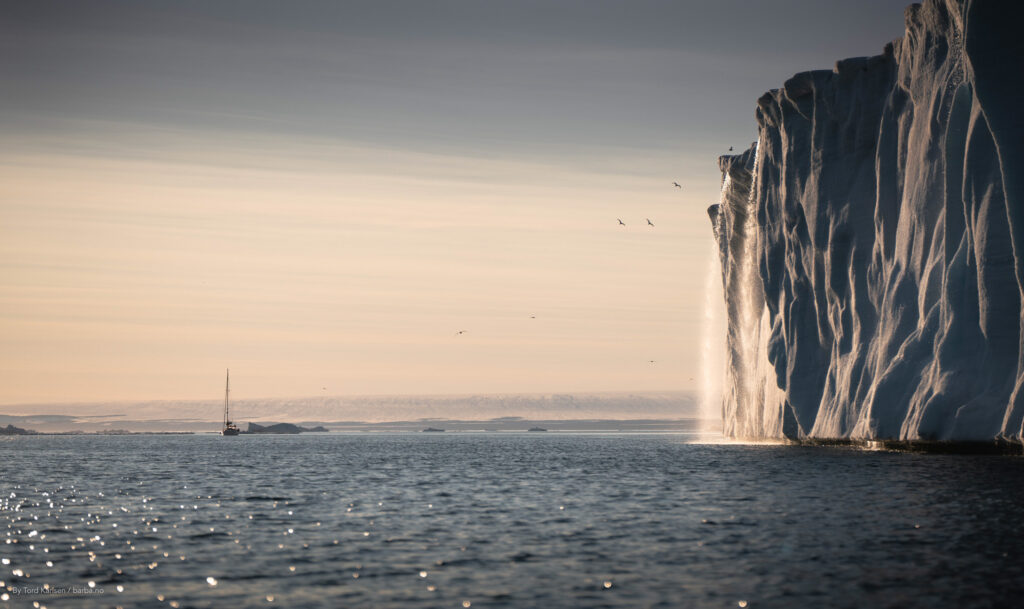
He feels certain that the VR glasses create a different dynamic for the students and that the glasses and the interactive space were of great importance.
"The students have seen so much video in the past, and it's a bit dull. But when you can suddenly turn around and there’s a whale swimming up behind you, you feel a little more that you yourself are there. This is also true for me! It has been so interesting to be involved from the beginning, and it has been really energising," he says.
Swim with whales
Museum visitors were also invited to test the new equipment and three museums in Norway, Denmark and Iceland respectively were partners in the project. At the Whale Museum in Húsavík, managing director Eva Björk Káradóttir went all in during the development, testing and feedback phases.
”I believe that we were the first location to experiment with this project. So we got a chance to see how we could lay everything out and work with this material. The founders of Whale Wise were here with us at the beginning of the test phase, just discussing the project with the guests and explaining how everything worked. And then afterwards we had the exhibition for a few weeks just as a standalone experience at the museum. It went quite well and from our side it was a success,” she says.
However, the approach also caused problems at the museum. On the one hand, it was sometimes difficult to navigate and sometimes the visitors’ use was too heavy-handed for the rather expensive and also pretty sensitive equipment.
“I really enjoyed trying everything myself. The VR equipment was impressive. Unfortunately, we had to constantly go into the room, just to make sure that everything was working properly, so I saw it all and I would really like to be able to use it more in the future. But we need to work out how we can use VR in a successful way," she explains.
The museum director has a particular dream for a 360-degree experience, preferably in a form of dome, where several visitors experience the films at once, and where the visitors do not have to do anything themselves.
”The guest really enjoyed it and we got a lot of positive feedback. But maybe the only downside of this project is that it's so big. You don't really have time to look at everything because there are so many videos and they're long. So I think it might be better to just have fewer options and shorter videos. So you feel like you had the chance to explore everything,” she says.
Right now, the VR glasses are in Húsavík at an educational institution in natural sciences. Eva Björk Káradóttir is in the process of investigating whether she can use the VR glasses and film material at summer schools, where groups of students come to the museum for more focused educational courses.
“I think it's always really interesting to be a part of something like this. It is a very good learning experience for us, and it brings up so many ideas about how we can use this technology. It is a new way of storytelling, and as our focus is on the North Atlantic we also try to talk about the Arctic and the changes there and of course also climate change – and this material suits that very well,” says Eva Björk Káradóttir.
Yes, please – to more!
At Atlanten Lower Secondary School, they are also ready to continue working with the learning material. Fredrik Elias Rekkedal emphasises, however, that there were some language problems.
“We had decided that it should be in English to optimise the interdisciplinary aspects that came with it, but that made it even more complex because much of the content was technical language. Perhaps the children need to be a little older, maybe to get the full benefit. Otherwise, it needs to be translated," he says.
A school in Denmark did that. Here, the teacher simply translated everything, and it was probably the school that used the material closest to the way it was intended, says researcher Marianne Rasmussen.
She is happy that the evaluation reports from the three schools and the three museums unanimously show satisfaction and a desire to continue working with the material. She herself actively uses the experiences from the project in her content when she gives lectures and professional presentations.
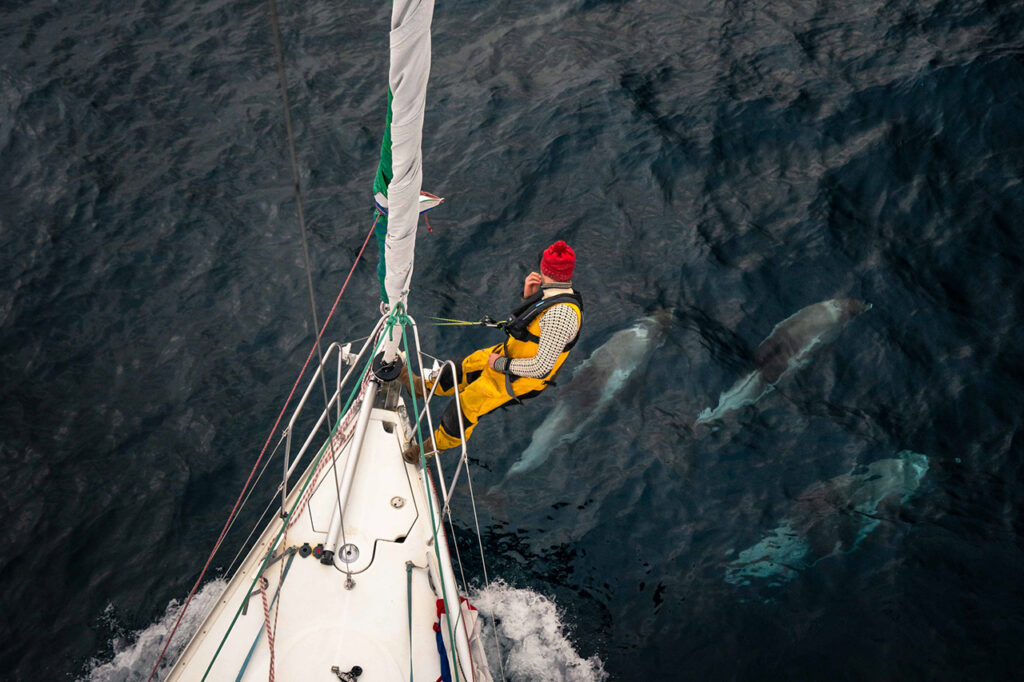
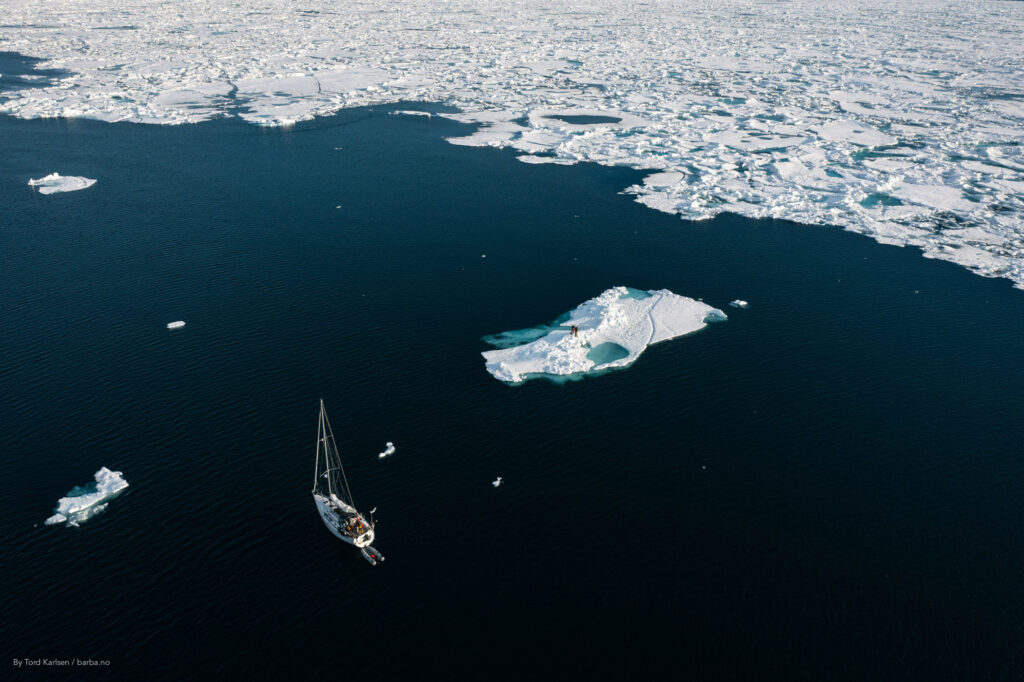
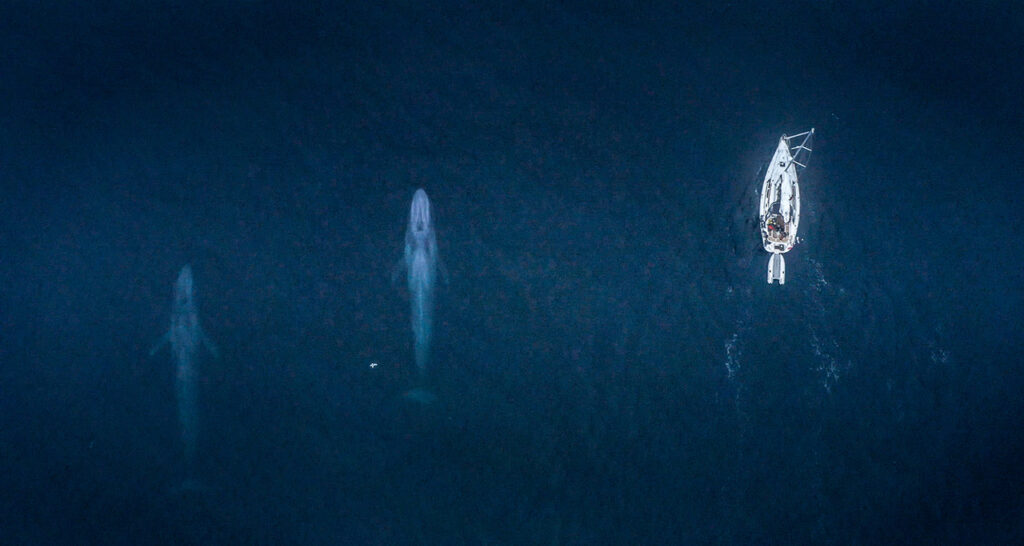
"It is particularly important that we reach out to a wider audience about what is happening in the Arctic, i.e. with climate change," she says.
She herself thinks that one of the most rewarding things was experiencing the school children's reaction. She took part in the test phases in Denmark and Iceland herself and experienced their reactions.
“The children were so excited! I was happy about that! With children, you really get that instant reaction with outbursts and shouts of joy,” she says.
Marianne Rasmussen points out that it was not only museums and schools that got something out of the collaboration. It went both ways.
"It is of great importance to us researchers, the crew and all the volunteers that our work reaches wider sections of society. We really hope that we will find a way for all images, films and learning material to be accessed by museums and schools in the future," says the head of research.
More:
Research Centre Húsavík
The Research Centre directs and supports marine biology research in cooperation with universities and other institutions in Iceland and abroad, with both teaching and research projects.
Whale Wise is an international community and NGO that works to protect whales and, among other things, examines the impact between humans and whales.
Barba is an expedition ship and a fully equipped field station.
Interested in a green and sustainable world?
- Join our Green Seminar: Nordplus for a greener future!
Read more and registration for the seminar.
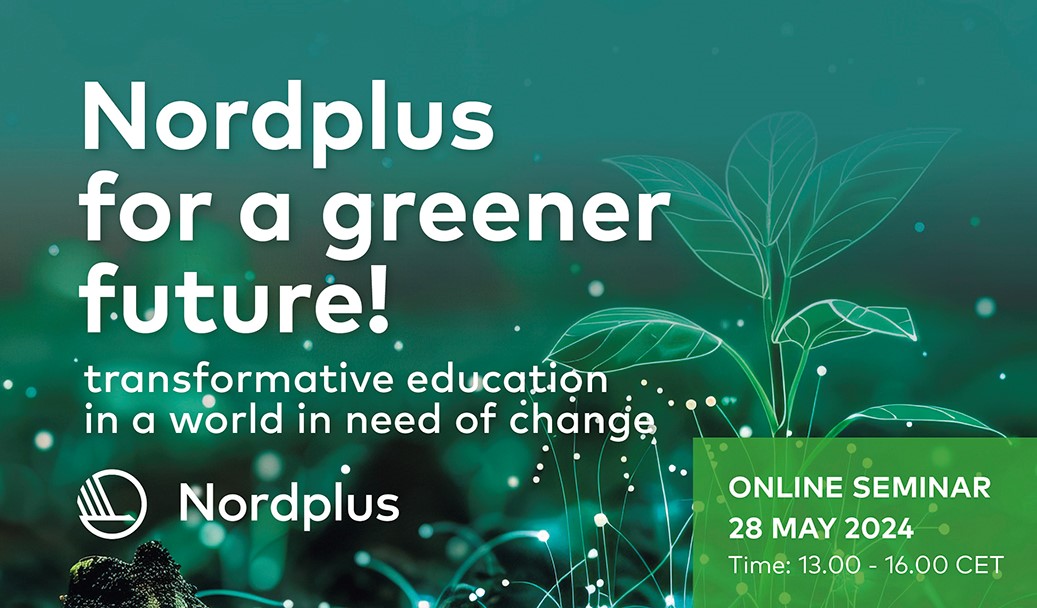
Read the article in Nordic (Danish)
Coordination Institution
- University of Iceland's research center in Húsavik, Iceland
Partner Institutions
- Atlanten Lower Secondary School, Norway
- Húsavik Whale Museum, Iceland
- The North Sea Oceanarium, Denmark
- Gedsted School, Denmark
- Barba, Norway
- Borgarhólsskóli, Primary/secondary school, Iceland
- Whalesafari Andenes, Norway
Program
- Nordplus HORIZONTAL
